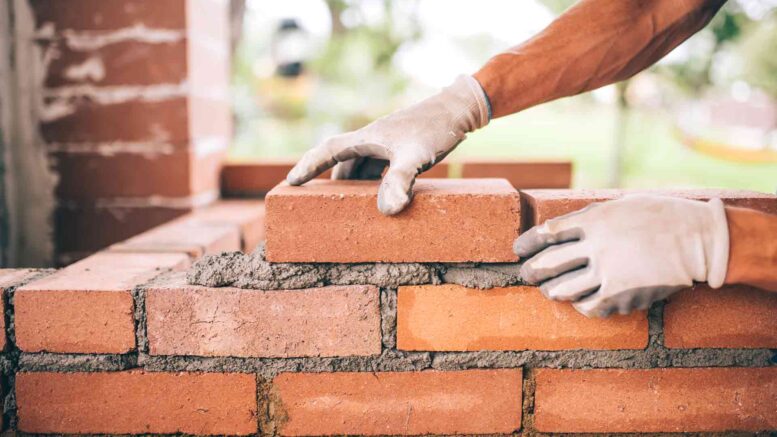Brick is one of the earliest materials used for properly constructed constructions. As evidence of the material’s durability, structures, foundations, pillars, and road surfaces that are thousands of years old are still standing.
In present use, “brick” refers to any stone- or clay-based building unit used in construction.
- Advantages related to the best bricks brand in India:
Utilizing bricks provides several advantages while constructing.
Aesthetic:
Bricks are available in a variety of earthy colours and designs.
Strength:
Bricks possess considerable compressive strength.
Porosity:
The ability to release and absorb moisture is helpful for regulating the relative humidity and temperature in enclosed environments.
- What should do in the case of a fire?
After adequate preparation, brick has an eight-hour maximum fire rating.
Soundproofing / Diffusion / Absorption / Absorption
Some brick walls may prevent more than 200 decibels of sound, while others can block just 60 or 70.
Insulation:
A brick manufacturing companies offer good thermal insulation due to their sluggish absorption and emission of heat. Bricks are 50 percent more energy-efficient than wood because they help regulate and maintain consistent interior temperatures.
Absorption of friction:
Its sturdy design assures that it will not degrade as rapidly as more delicate materials.
Organizing Bricks Modern construction methods classify bricks depending on the materials they are composed of and how they are manufactured. This category contains five unique species.
Burnt Clay Bricks
The majority of the world’s earliest structures were built using burned clay bricks. Traditional bricks are formed from wet clay that is pressed into moulds before drying and firing in kilns. These bricks seem to be solid, reddish-brown pieces of hardened clay.
Engineering Bricks
Engineering bricks are often used in construction projects requiring durability and weather resistance. They are composed of clay and may be blended with a number of ingredients.
Engineering bricks, unlike traditional bricks, can survive very high temperatures during burning, making them as hard as iron. They are also very impermeable, which makes them excellent for use in moist settings such as sewers, retaining walls, manholes, foundations, and tunnels. 5 Class A has a higher compression strength and lower water absorption than Class B, making it appropriate for the most challenging situations.
Concrete Bricks
Molds are filled with solid concrete to produce concrete bricks. Although they have been used for a long time in interior construction, they are increasingly being used on the outside of buildings and fences to produce a more modern or urban appearance. During the production process, coloured pigments may be added to the concrete, allowing for a broad range of brick colours.
Fly Ash Clay Bricks
Bricks may be made from ash, which is a byproduct of the combustion of coal, at temperatures of roughly higher degrees Fahrenheit. This kind of brick is often referred to as self-cementing because it has a high calcium oxide content and has a propensity to expand when it comes into contact with water. A “pop-out” mistake is something to be wary of if this tendency continues to increase.
Conclusion:
To generate certain effects, the clay composition of bricks may be altered by adding concrete, ash, or other substances. Most fireplaces need firebricks, a special kind of brick. They are created using fireclay, which is mostly composed of silica and alumina.

we are Best Veterinary Injection Manufacturers In India .